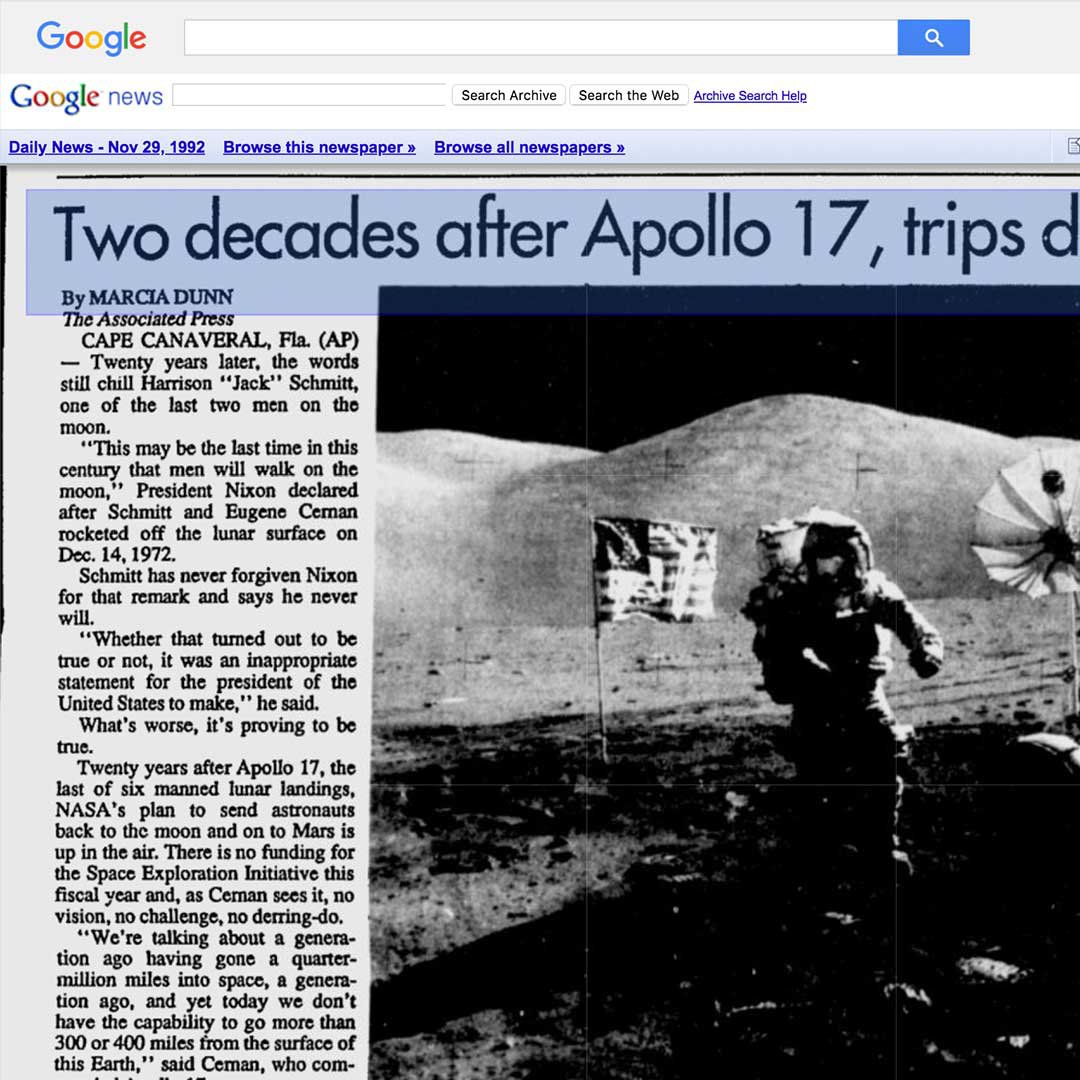The Of News Articles
The Of News Articles
Blog Article
The Of News Articles
Table of ContentsThe smart Trick of News Articles That Nobody is DiscussingSome Of News Articles5 Simple Techniques For News ArticlesThe smart Trick of News Articles That Nobody is DiscussingMore About News Articles
Great understanding of various subjects provides students an one-upmanship over their peers. Although electronic and social networks are easily obtainable, we ought to not neglect how important it is to read the newspapers. Parents need to attempt and instill the habit of reading a paper as an everyday regimen to proceed the tradition of the adored print medium.Information tales also consist of at least one of the following vital characteristics relative to the intended target market: proximity, prominence, timeliness, human interest, curiosity, or effect.
Within these limits, information stories additionally intend to be comprehensive. Among the larger and a lot more revered newspapers, fairness and equilibrium is a significant aspect in providing information.
Newspapers with a worldwide target market, for example, have a tendency to utilize a much more formal style of creating. The certain selections made by an information outlet's editor or editorial board are commonly gathered in a design overview; common style overviews consist of the and the United States Information Design Publication. The main goals of information writing can be summarized by the ABCs of journalism: accuracy, brevity, and clarity.
Our News Articles PDFs
Generally, reporters will not utilize a long word when a short one will do. They use subject-verb-object building and construction and vivid, energetic prose (see Grammar). They use anecdotes, examples and allegories, and they rarely rely on generalizations or abstract ideas. Information writers try to avoid utilizing the very same word much more than once in a paragraph (in some cases called an "resemble" or "word mirror").
Nonetheless, headings often omit the subject (e.g., "Jumps From Watercraft, Catches in Wheel") or verb (e.g., "Cat lady lucky"). A subhead (also subhed, sub-headline, subheading, subtitle, deck or dek) can be either a subservient title under the primary heading, or the heading of a subsection of the short article. It is a heading that comes before the major message, or a team of paragraphs of the main text.

Additional signboards of any of these types may appear later on in the post (specifically on subsequent web pages) to entice further reading. Such billboards are additionally utilized as tips to the article in various other areas of the publication or site, or as advertisements for the piece in various other publication or websites. Common framework with title, lead paragraph (summary in bold), various other paragraphs (details) and call details.

Example of a hard-lead paragraph NASA is proposing an additional space task. The spending plan requests approximately $10 billion for the job.
The NASA statement came as the company asked for $10 billion of appropriations for the job. An "off-lead" is the 2nd essential front web page news of the day. The off-lead appears either in the leading left corner, or straight below the lead on the. To "hide the lead" is to begin the article with history information or information of secondary relevance to the visitors, forcing them to check out even more deeply into a short article than they need to need to in order to uncover the necessary points.
The 7-Minute Rule for News Articles
Common usage is that a person or 2 sentences each create their very own paragraph. Reporters typically describe the organization or structure of a newspaper article as an inverted pyramid. The crucial and most interesting aspects of a story are put at the beginning, with sustaining details following in order of decreasing significance.
It allows individuals to discover a topic to only the depth that their interest takes them, and without the imposition of details or nuances that they might think about pointless, yet still making that info readily available to much more interested visitors. The inverted pyramid framework additionally allows short articles to be trimmed to any arbitrary size find out this here throughout design, to suit the area offered.
Some writers begin their tales with the "1-2-3 lead", yet there are numerous sort of lead readily available. This style inevitably begins with a "5 Ws" opening up paragraph (as described over), complied with by an indirect quote that serves to support a significant aspect of the first paragraph, and afterwards a direct quote to support the indirect quote. [] A twist can refer to visit site multiple points: The last story in the news program; a "pleased" story to finish the show.
Longer write-ups, such as publication cover posts and the pieces that lead the inside areas of a paper, are called. Feature stories vary from straight information in a number of means. Foremost is the lack of a straight-news lead, a lot of the time. Rather than supplying the significance of a story in advance, attribute writers might attempt to draw viewers in.
The Ultimate Guide To News Articles
A feature's first paragraphs commonly connect an intriguing minute or occasion, as in an "unscientific lead". From the particulars of a person or episode, its view quickly expands to generalities concerning the tale's topic.

The Editor's Toolbox: A Referral Guide for Beginners and Professionals (2001) Allan M. Siegal and William G. Connolly. The New York City Times Guidebook of Style and Usage: The Authorities Design Guide Utilized by the Writers and Editors of the World's Most Reliable Paper (2002) M. L. Stein, Susan Paterno, and R.
Report this page